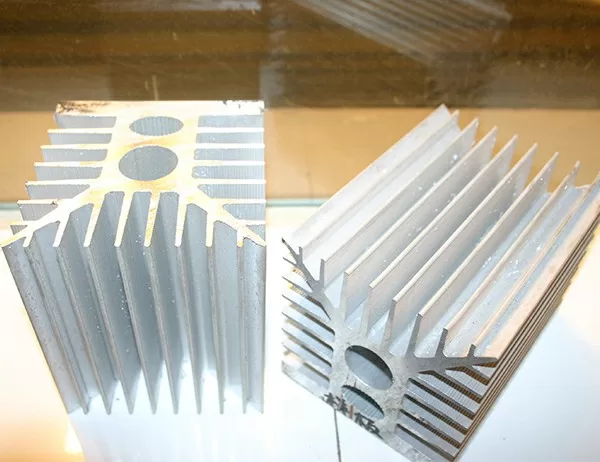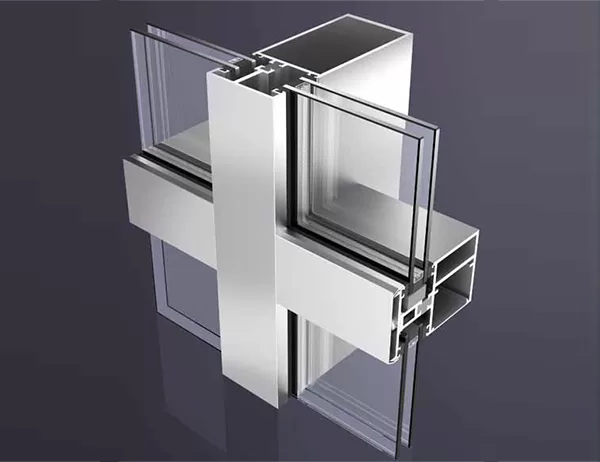Introduction
Aluminium track profiles have emerged as a cornerstone in the field of automation, offering a myriad of benefits that contribute to improved efficiency and enhanced performance. This article will explore the various aspects in which aluminium track profiles excel in the automation landscape.
Enhanced Precision and Accuracy
Aluminium track profiles provide an exceptional level of precision and accuracy for automated machinery and systems. Their rigid construction ensures minimal deflection and vibration, which is critical for precise positioning and movement. The smooth surface finish of aluminium track profiles further reduces friction, enabling accurate and consistent movement along the track.
Increased Load Capacity
Compared to other track materials such as steel or plastic, aluminium track profiles offer a superior strength-to-weight ratio. This allows them to withstand higher loads without compromising their stability. As a result, automated systems equipped with aluminium track profiles can handle heavier payloads, increasing efficiency and throughput.
Corrosion Resistance and Durability
Aluminium track profiles are highly resistant to corrosion, making them ideal for use in harsh industrial environments. Their protective oxide layer prevents rust and degradation, ensuring long-term reliability. Additionally, aluminium track profiles are resistant to wear and tear, maintaining their smooth surface finish over time.
Design Flexibility and Customization
Aluminium track profiles can be easily customized to meet specific application requirements. They are available in various shapes, sizes, and lengths, allowing for unique configurations that optimize space utilization. The versatility of aluminium track profiles enables the creation of complex and efficient automated systems tailored to specific needs.
Reduced Maintenance and Downtime
The durability and corrosion resistance of aluminium track profiles significantly reduce the need for maintenance and repair. Their low friction surfaces minimize wear and tear, extending the lifespan of automated systems. As a result, downtime is minimized, ensuring efficient and uninterrupted operation.
Environmental Benefits
Aluminium is a sustainable material that can be recycled multiple times. By utilizing aluminium track profiles in automation, manufacturers can contribute to environmental sustainability while achieving performance and efficiency gains.
Conclusion
Aluminium track profiles are an essential component in automation systems, offering a range of benefits that contribute to improved efficiency and performance. Their enhanced precision, increased load capacity, corrosion resistance, design flexibility, reduced maintenance, and environmental benefits make them an ideal choice for automating industrial processes. By embracing aluminium track profiles, manufacturers can unlock the potential of their automated systems, drive innovation, and achieve greater levels of productivity and efficiency.




